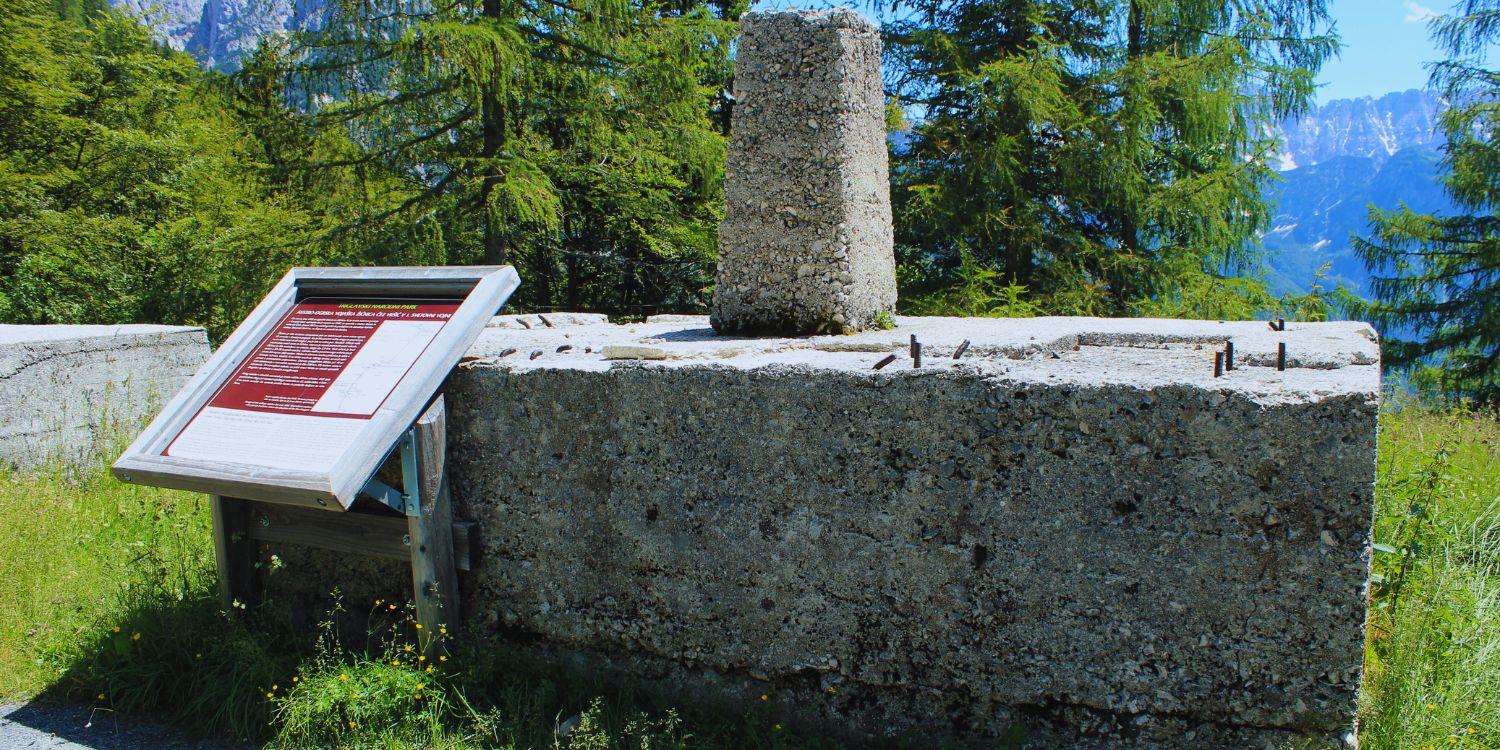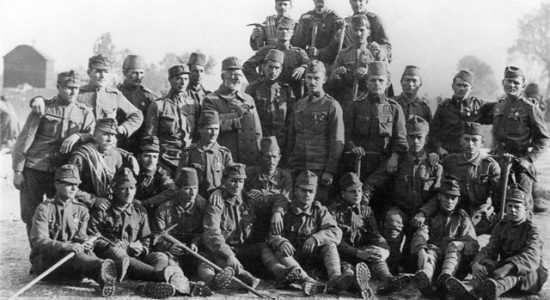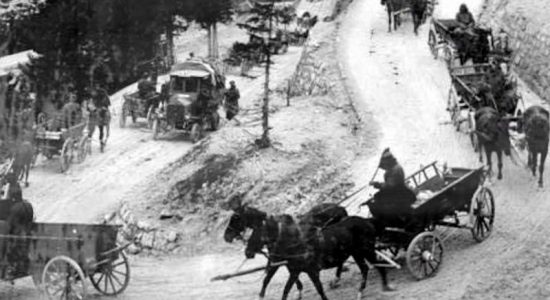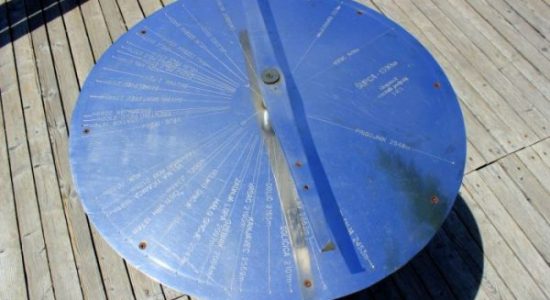
13 Feb Vršič, Military Cable Car and Belvedere
A year before Italy entered the 1st World War, Austria-Hungary began to build a strategically important road over the pass Vršič. At the same time, the construction of military cargo cable car began.
When the road over the Vršič pass starts to descend towards the Trenta valley, a beautiful belvedere can be found by the roadside. A plateau stands where the upper station of the military cargo cable car Vršič was set during the time of the Isonzo front.

BATTLES IN HIGH MOUNTAINS
The mountain landscape of the battlefield in the Julian Alps was very demanding. The clashes took place on the mountain peaks higher than 2,000 meters. The soldiers confronted exhausting climbs and dangerous cliffs every day.
Each winter the temperature dropped below freezing for at least four months and the mountain peaks sank into meters of snow. The Isonzo Front became known as the War of snow and ice.
Military cargo cable cars were the only option to supply the battlefield when porters were not allowed on the trail due to heavy snow and avalanche danger. But when a strong wind was blowing, the cable cars stopped too.
In the first winter on the Isonzo front more soldiers died in accidents due to avalanches and hypothermia than in battles. Therefore, both sides began to train special units for mountain warfare. Julius Kugy, the father of modern mountaineering in the Julian Alps, founded a climbing school in the village of Soča. There soldiers were trained also for winter warfare. Thanks to him, the Austrian alpine troops successfully fought against the danger of avalanches.

MILITARY CABLE CARS
During the winter the snowdrifts and avalanches were endangering the lives of soldiers and prevented supplies. Routes were impassable, roads blocked. That’s why mountain cableways were extremely important.
To supply the troops on the front lines Austrians built more than 210 km of smaller lifts. Due to time constraints they were mostly built quickly, of wood found in the area.
The hardest work on this infrastructure was done by the Russian prisoners of war. They were brought from the Eastern Front, and here they lived in horrible conditions, always hungry and cold. In some parts the cargo cable car lowered close to the ground and the Russian prisoners took advantage of it. Among the cargo loaded into carts they were looking for food. But they were risking lives. Theft was punished with death.
Military cable car, which led from Kranjska Gora to Trenta, was divided into several sections. The sections were approximately 2.5km long, depending on the slope of the terrain. Each section has had a motor with 20-35 horsepower. Electricity was initially provided by an aggregate, but later a small hydroelectric power plant was built nearby. Carts had 100kg load capacity. The cable car could daily bring 250 tons of food, water, ammunition, building materials and medicines.

TRIGLAV NATIONAL PARK
On-site of the upper station of the cable car Vršič you can now find a belvedere. The view of the surrounding mountains of the Triglav National Park is breathtaking. There you can find a round panel with the names of the peaks written on it.
- Prisojnik or Prisank – The mountain where a stone face of Giant Maiden of Prisank is locked for eternity.
- Mojstrovka – The mountain from which a devastating avalanche broke off and killed 300 Russian prisoners of war, who were building Vršič Road.
- Mangart, Jalovec and Triglav – Mountains named by the ancient gods who arranged that the Soča River flows thru our valley.
